Moss Pathway: What materials are needed and how to construct?
njbiology
10 years ago
Featured Answer
Sort by:Oldest
Comments (10)
Yardvaark
10 years agodevolet
10 years agoRelated Professionals
Maple Valley Landscape Architects & Landscape Designers · Fillmore Landscape Architects & Landscape Designers · La Marque Landscape Architects & Landscape Designers · Bainbridge Island Landscape Contractors · Bowie Landscape Contractors · Cambridge Landscape Contractors · College Park Landscape Contractors · Concord Landscape Contractors · Antioch Landscape Contractors · Coronado Decks, Patios & Outdoor Enclosures · Benton Decks, Patios & Outdoor Enclosures · High Point Decks, Patios & Outdoor Enclosures · Saint Louis Park Decks, Patios & Outdoor Enclosures · Jericho Stone, Pavers & Concrete · West Chester Swimming Pool BuildersMin3 South S.F. Bay CA
9 years agorosiew
9 years agodevolet
9 years agorosiew
9 years agosleevendog (5a NY 6aNYC NL CA)
9 years agodevolet
9 years agoPKponder TX Z7B
9 years ago
Related Stories
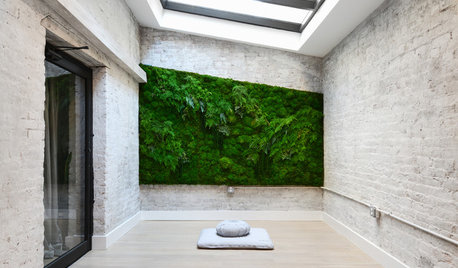
GREEN BUILDINGWorld of Design: The Joy of Moss and Its Modern Uses
This great design plant is 400 million years in the making. See how it’s inspiring art, soothing spaces and building design
Full Story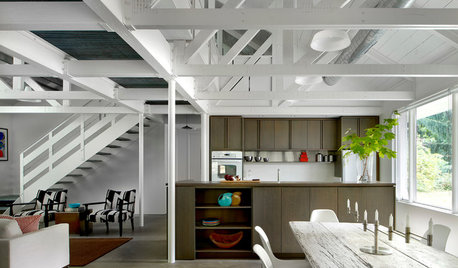
VACATION HOMESHouzz Tour: Moss-Covered Lakeside Cottage Now a Modern Marvel
A 1949 Michigan weekend cottage with a sunken roof gets a makeover that stays true to the house's humble roots
Full Story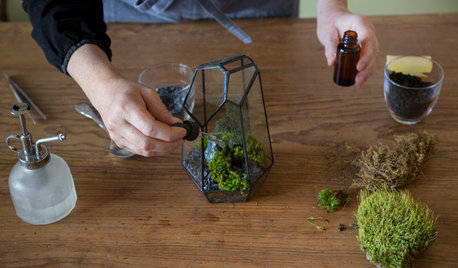
DIY PROJECTSHouzz DIY: Make a Mini Moss Sanctuary
This easy-to-assemble terrarium brings the joy of moss to your tabletop or shelf
Full Story
WORKING WITH PROSWorking With Pros: When You Just Need a Little Design Guidance
Save money with a design consultation for the big picture or specific details
Full Story
COLOREvery Room Needs a Little Bit of Black
‘I’ve been 40 years discovering that the queen of all colors was black.’ — Pierre-Auguste Renoir
Full Story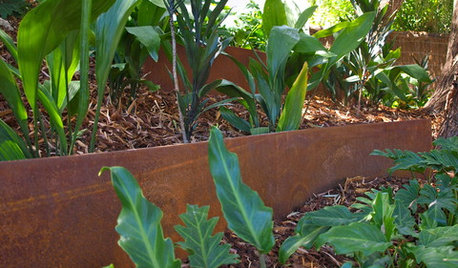
LANDSCAPE DESIGNGet an Edge: The Best Border Material for Your Garden
Do you want garden edging made of stone, concrete, metal or wood? Here are things to consider when choosing
Full Story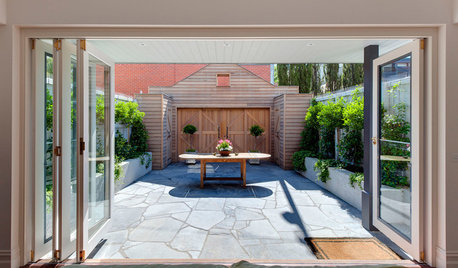
LANDSCAPE DESIGNHow to Pick the Right Paving and Decking Material
Once you’ve got the walls or fences of your garden figured out, it’s time to consider the ground surface or floors
Full Story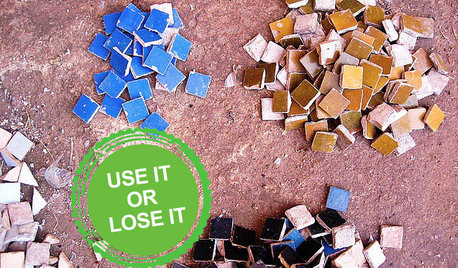
REMODELING GUIDESLose It: What to Do With Leftover Building Materials
See how to properly dispose of your extra brick, wood and paint — or make something cool with it instead
Full Story
MATERIALSThe Most Popular Roofing Material is Affordable and Easy to Install
Asphalt shingles, the most widely used roof material in the U.S. are reliable and efficient, and may be right for you
Full Story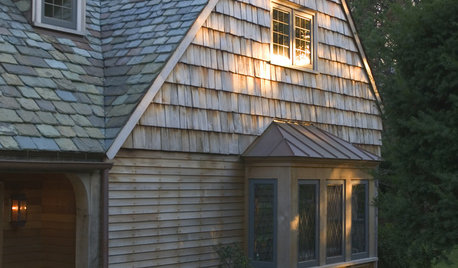
EXTERIORSRoofing Materials: Slate Makes for Fireproof Roofs That Last
It stands up to weather and fire without losing its high-end look. But can your budget handle it?
Full Story







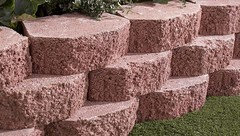
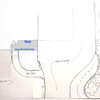

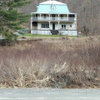


dekeoboe